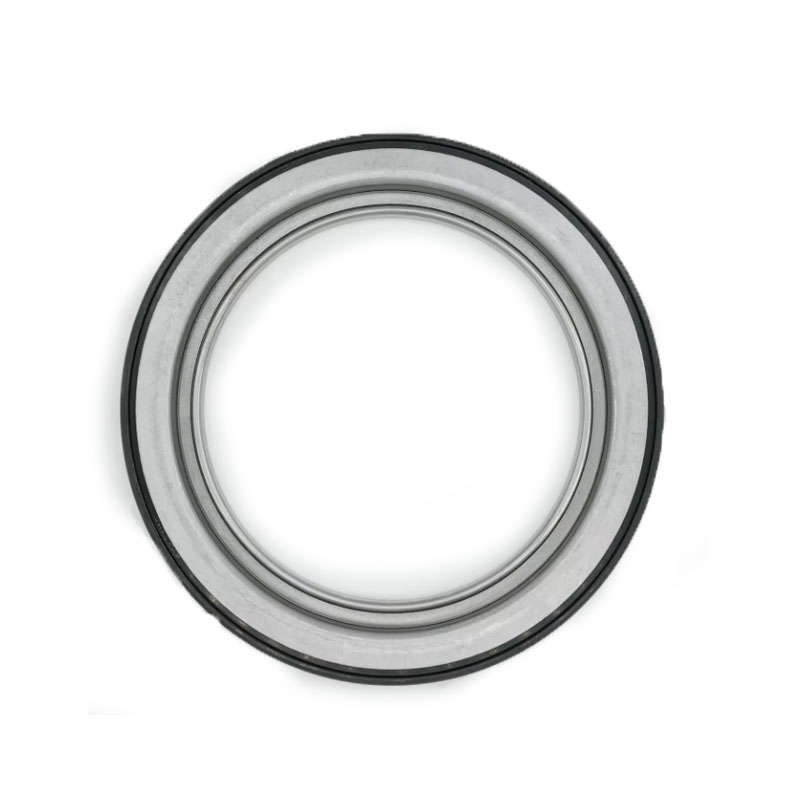oil pump shaft seal
Understanding the Oil Pump Shaft Seal Importance and Maintenance
The oil pump shaft seal is a critical component in an engine's lubrication system. It plays a key role in preventing oil leaks and ensuring that the engine operates smoothly and efficiently. The primary function of the oil pump shaft seal is to contain engine oil within the oil pump while allowing the pump’s shaft to rotate freely. This means that the seal maintains the internal pressure of the oil system while keeping contaminants out, thus prolonging the life of both the oil and the engine.
Structure and Function
The oil pump shaft seal is typically made of rubber or other materials designed to withstand the harsh environment of engine operation. Its construction often includes an outer casing that fits into the pump housing, and a lip that makes contact with the rotating shaft. This lip is designed to form a tight seal with the shaft to prevent oil from leaking out, while still allowing for smooth rotation.
The effectiveness of the oil pump shaft seal is vital for the overall health of the engine. If the seal fails, it can lead to oil leaks, resulting in low oil levels that can cause severe engine damage. Moreover, leaks may also lead to contamination of engine components, as dirt and debris can enter the oil system, causing additional wear and tear.
Signs of a Failing Shaft Seal
Regular monitoring of the oil pump shaft seal is essential
. Several signs may indicate that the seal is failing or has failedoil pump shaft seal

1. Oil Leaks This is the most obvious sign. If you notice oil pooling under your vehicle, it’s crucial to investigate the source, as a damaged seal could be the culprit. 2. Oil Pressure Warning Light Many vehicles are equipped with oil pressure warning lights. If this light activates, it could indicate that oil is not circulating properly, potentially due to a malfunctioning oil pump or a compromised seal.
3. Unusual Engine Noise A failing oil seal can lead to a drop in oil pressure, which may cause the engine components to run without sufficient lubrication, resulting in a rattling or knocking sound.
4. Reduced Engine Performance Insufficient lubrication due to oil leaks can affect engine performance. You might notice poor acceleration or decreased fuel efficiency.
Maintenance and Replacement
Preventative maintenance is key to avoiding seal failure. Regular oil changes ensure that the oil remains clean and reduces the chances of contamination affecting the seal. Inspecting the oil pump shaft seal during routine maintenance can catch wear early on, allowing for timely replacement before significant damage occurs.
If a seal needs replacing, it is typically a straightforward process, although it may require disassembly of certain engine components. It’s advisable to consult a professional mechanic if you are not experienced with engine repairs, as a proper installation is crucial to the seal’s effectiveness.
In conclusion, the oil pump shaft seal is a vital part of the engine's lubrication system, and its importance cannot be overstated. Regular inspection and maintenance can prevent oil leaks and extend the lifespan of the engine. Understanding the function and signs of failure of this component will help car owners take proactive steps to maintain their vehicles, ensuring they remain in optimal operating condition. In the long run, investing time in maintaining the oil pump shaft seal can save considerable costs and headaches associated with engine repairs due to oil leaks and failures.
-
Simplifying Oil Changes: A Comprehensive Guide to Oil Drain Plugs and Their Variants
News Aug.04,2025
-
Mastering Oil Drain Maintenance: Solutions for Stripped, Worn, and Upgraded Oil Plugs
News Aug.04,2025
-
Fixing Oil Pan Plug Issues: Leaks, Stripped Nuts, and the Right Replacement Solutions
News Aug.04,2025
-
Everything You Need to Know About Oil Drain Plugs: Sizes, Fixes, and Upgrades
News Aug.04,2025
-
Choosing the Right Oil Drain Plug: A Guide to Sizes, Materials, and Drain Innovations
News Aug.04,2025
-
A Complete Guide to Automotive Drain Plugs: Types, Problems, and Innovative Solutions
News Aug.04,2025
-
The Ultimate Guide to Car Repair Kits: Tools and Essentials Every Driver Should Own
News Aug.01,2025
Products categories















